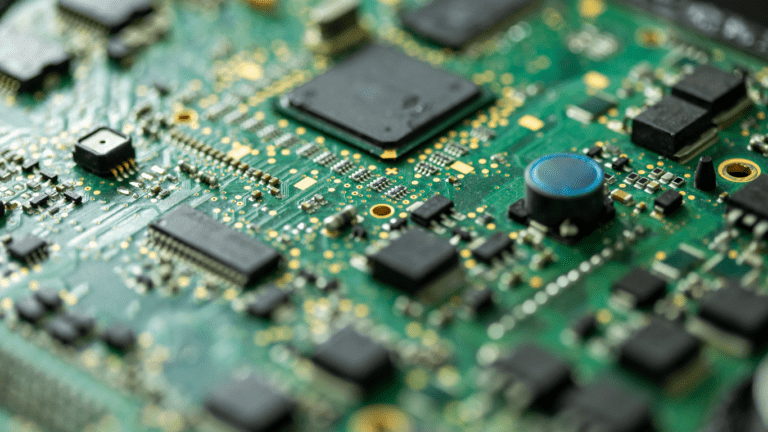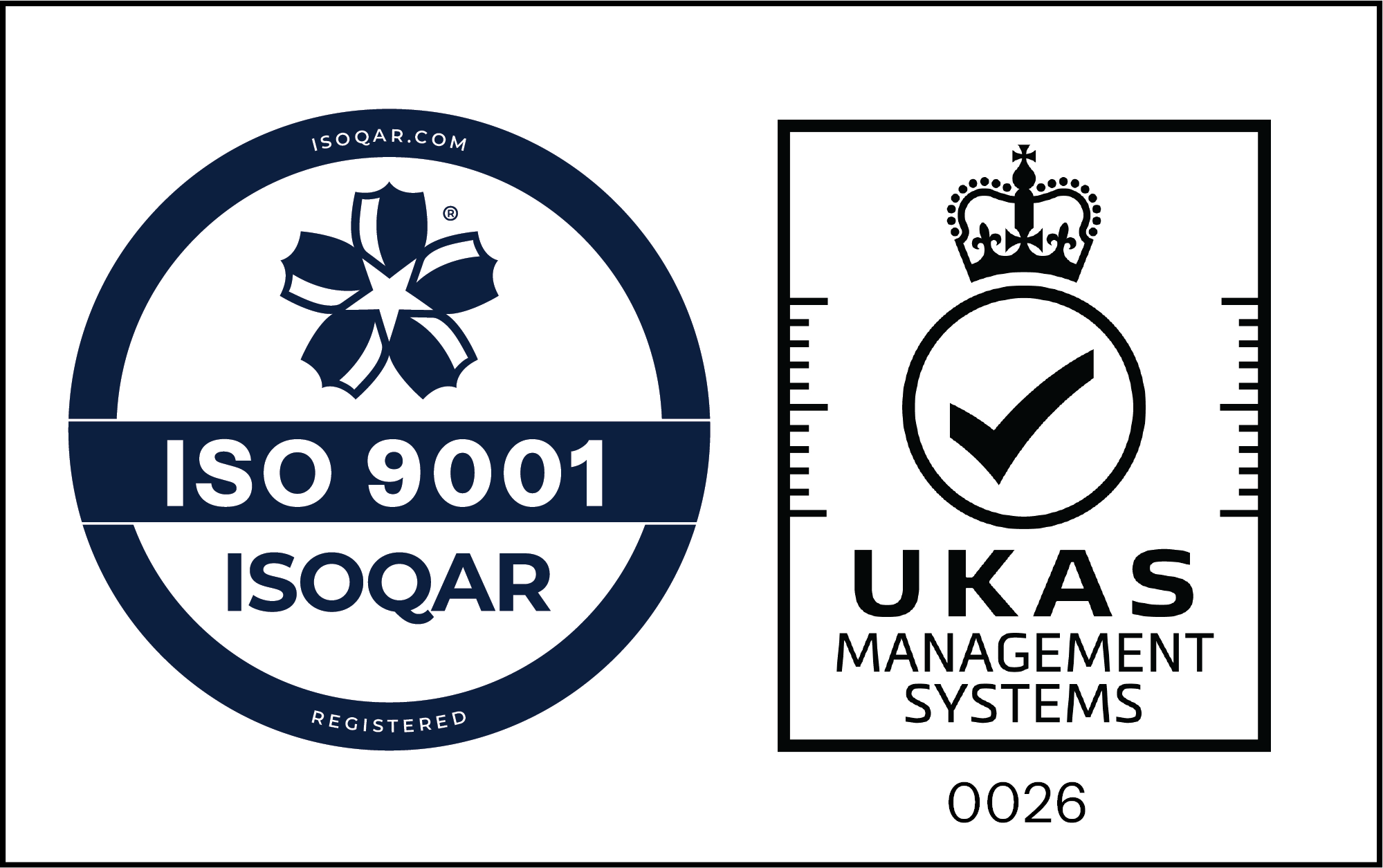Electrohydraulic servo valves are widely used in hydraulic systems to control the position, speed, and force of hydraulic actuators. The technology hasn’t progressed much since the 1950s and there are key limitations that still exist.
In this article, we look at some of the inefficiencies associated with feedback mechanisms in traditional servo valves, and how Domin is working to correct those.
What Are Traditional Two-Stage Servo Valves?
A common type of servo valve is the two-stage servo valve. These valves consist of two stages. The first stage, or pilot stage, controls the flow of hydraulic fluid to the main stage. The main stage controls the flow of hydraulic fluid through the valve and ultimately controls the hydraulic actuators. This design has remained relatively stable since the 1950s.
Two-stage servo valves use mechanical feedback to control the flow of fluid through the valve. Mechanical feedback uses a feedback spring connected between the spool and the servo’s electrical motor to sense and continuously adjust the position of the spool. Two-stage valves are lightweight and compact and can generate high amounts of force.
This design requires several high-pressure seals, small control orifices, and mechanical filters. The presence of these components makes the design vulnerable to leakage, also called parasitic loss, and contamination, requiring regular preventative maintenance to ensure optimal operation. Even with regular maintenance, leakage of hydraulic fluid is common in two-stage servo valves.
What Are Traditional Direct-Drive Servo Valves?
Direct-drive servo valves are an alternative to the popular two-stage valve design. This design only uses a single stage to control fluid flow, by changing the position of the spool with a solenoid or similar electromagnetic device.
Direct-drive servo designs use electrical feedback to close the control loop of the flow of hydraulic fluids. With this type of feedback, electrical signals relay the positioning of the spool using a linear position transducer (LVDT) back to onboard electronics. These onboard electronics then continuously correct the position of the spool via the solenoid. Electrical feedback is more reliable, accurate, and repeatable than mechanical feedback. By removing the pilot stage found in two-stage servo valves, direct-drive valves are less vulnerable to leakage and contamination, reducing maintenance requirements, and increasing the longevity of the valve.
However, traditional direct-drive servo valve designs tend to be heavy and bulky, have slow response times, and are vulnerable to harsh working conditions, such as heat or high vibrations. The reasons for these limitations are mainly that they use outdated electronic components.
Domin's Revolutionary Approach
Domin’s servo valves have been designed from the ground up to combine the benefits of both products types, and ensure they don’t have the same design flaws as traditional servo-valve designs. Our servo valves follow the direct-drive design philosophy, with electrical feedback. By doing this, they eliminate the pilot stage, removing the biggest source of parasitic loss. Simply by removing the source of parasitic loss, Domin’s S6 Pro and S6 Pro X servo valves can save approximately $400 per year per valve.
The simpler direct-drive design also removes the need for small control orifices, high-pressure seals, and mechanical filters. This reduces the risk of contamination and blockages, as well as the number of components that can fail. This in turn reduces the downtime of hydraulic systems, as well as maintenance costs.
Furthermore, Domin uses modern electronics that are more robust, lightweight, and faster than the outdated onboard electronics of traditional direct-drive servo valves. These modern electronics deliver precision, accuracy, and speed while being more resistant to harsh conditions. Additionally, advanced data capture is built into the electronics, allowing for remote diagnostics and advanced data analysis. This enables real-time fault-finding and anomaly detection that can save on downtime and repair costs.
The Future of Hydraulic Control Systems
The shift from mechanical to electrical feedback in Domin’s servo valves represents a significant advancement in hydraulic system technology. By adopting electrical feedback and direct-drive design, coupled with advanced manufacturing techniques and electronics, Domin has effectively addressed the inherent design flaws of traditional two-stage and direct-drive servo valves. This not only enhances the performance, efficiency, and reliability of valves, but also substantially reduces maintenance requirements and operational costs.
Domin’s innovative approach to servo-valve design marks a new era in hydraulic systems. Our servo valves offer a more sustainable, cost-effective, and higher-performing solution that is well-suited to meet the demands of modern industrial, automotive, and aerospace applications. As the industry evolves, innovations such as these will play a pivotal role in shaping the future of hydraulic systems.

